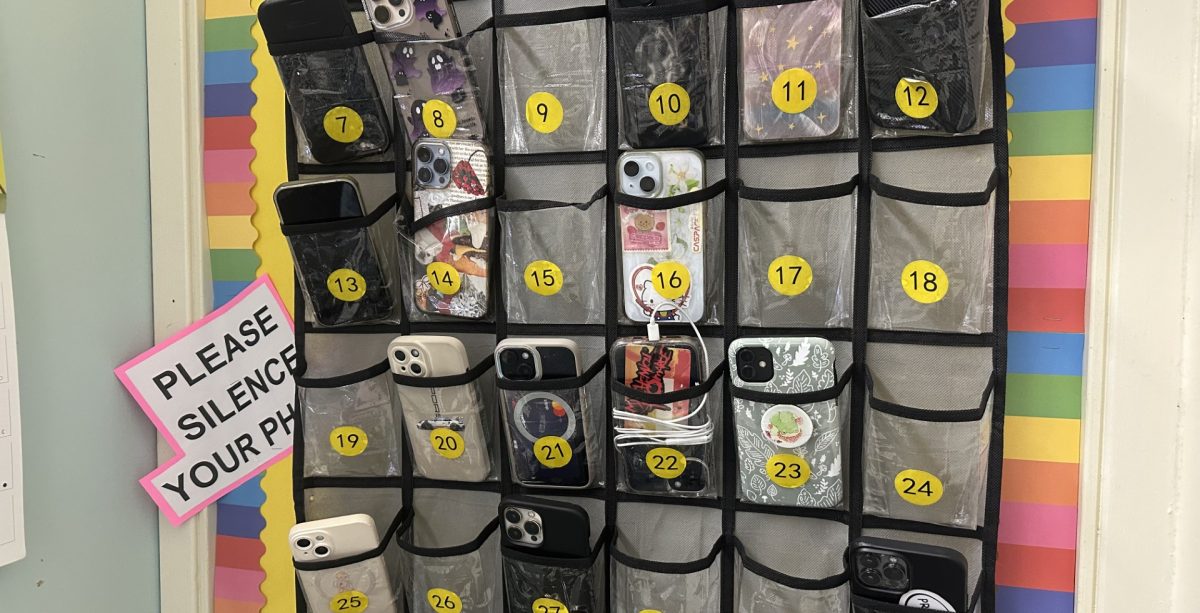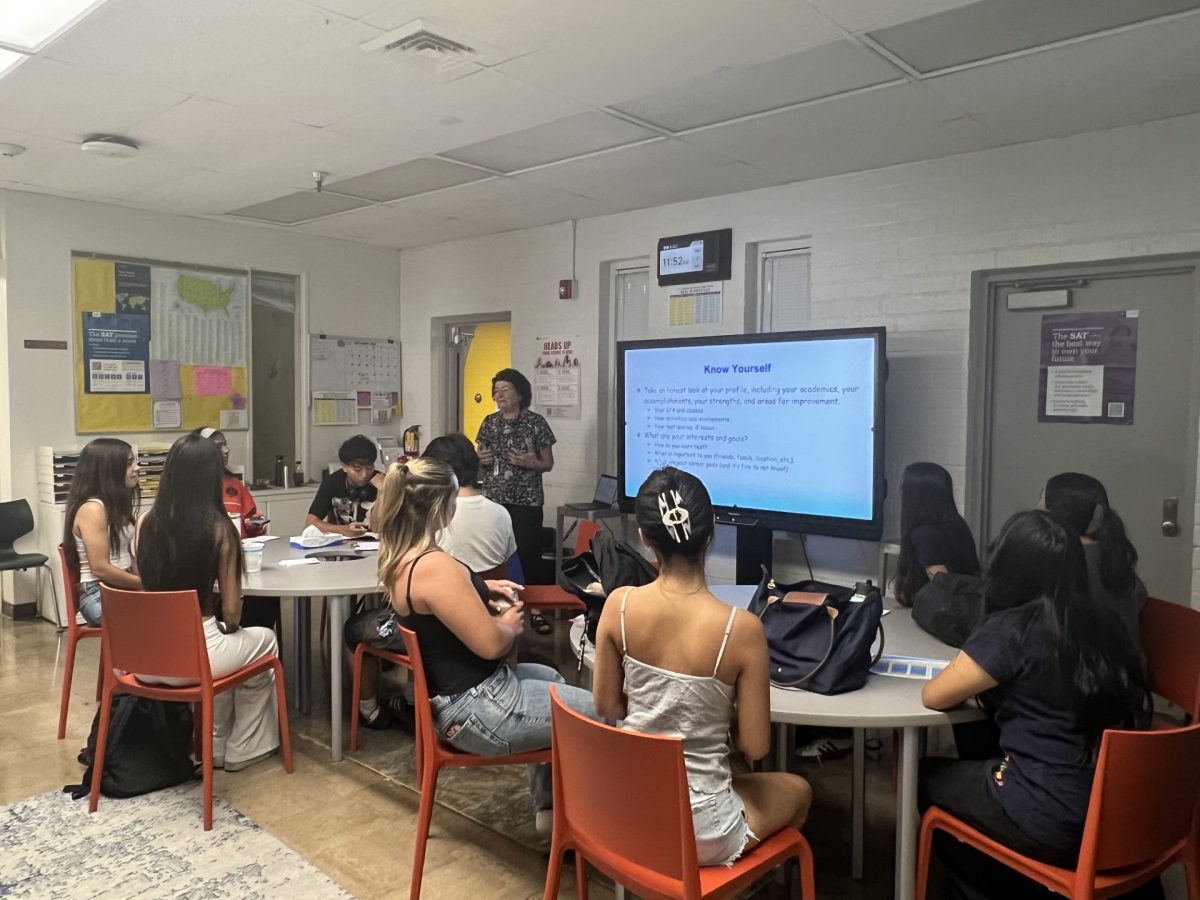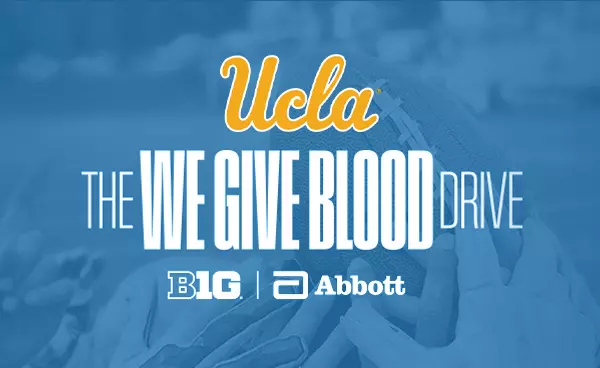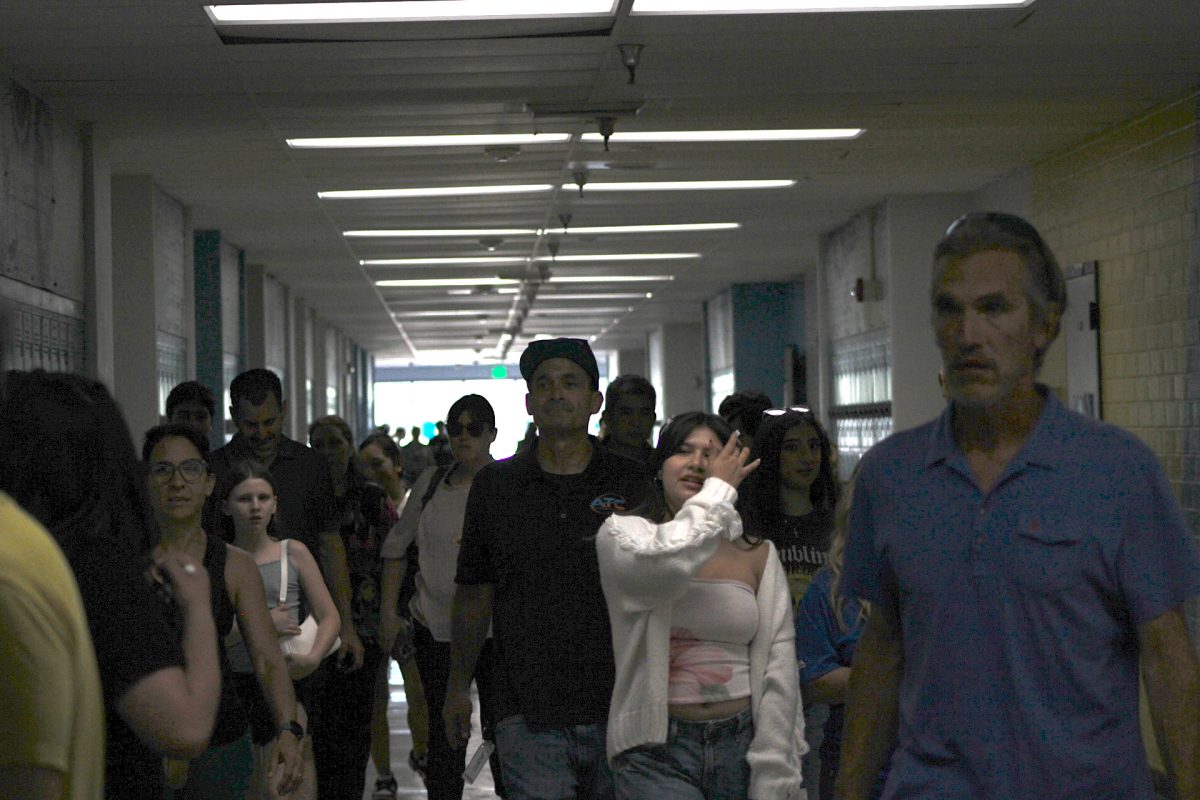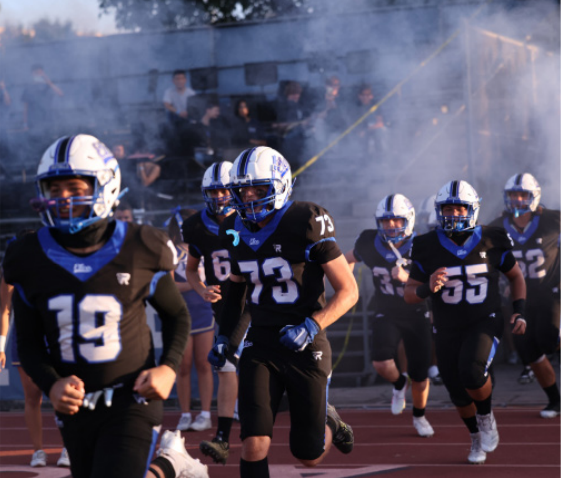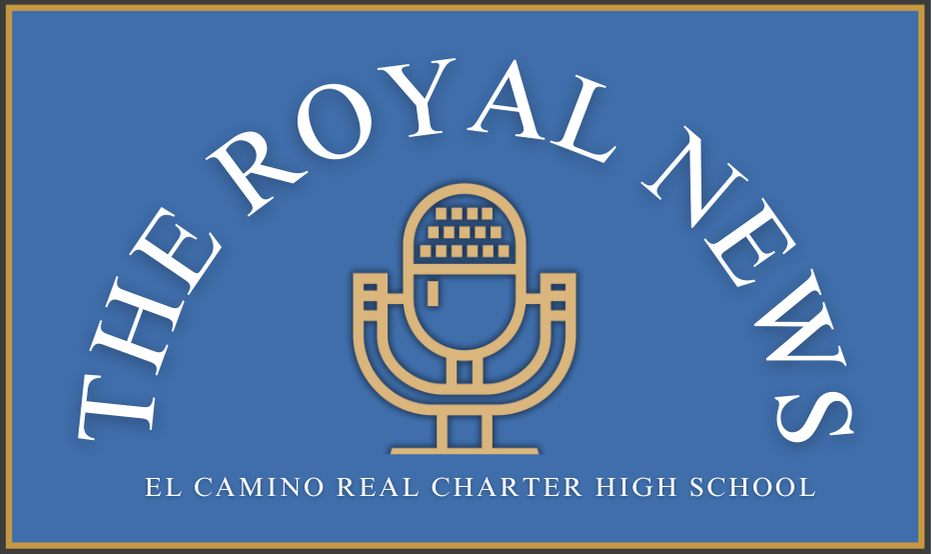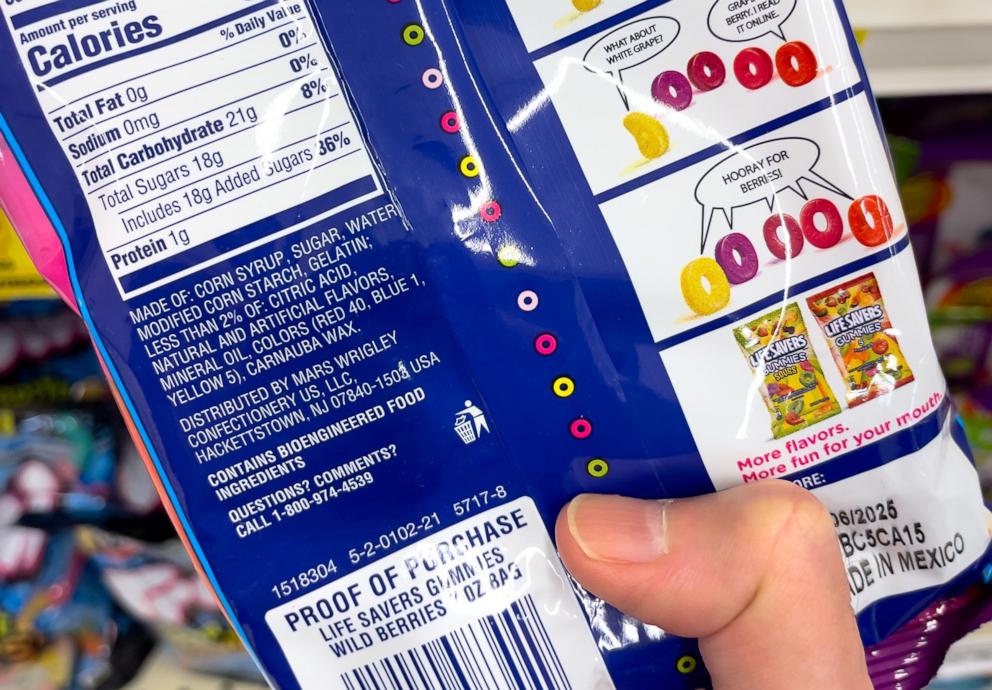As of September of 2023, California governor Gavin Newsom signed a bill enacting a ban on the artificial food dye Red 40, making California the first American state to do so, going into effect Dec. 31, 2027.
“Schools already serve a lot of bad food, which is not good for students,” junior Jared Meisner said. “[Students] already eat most of whatever the cafeteria serves.”
The artificial colorant has been correlated with higher levels of hyperactivity in developing children and students, and many people are oftentimes prone to allergic reactions to the dye.
“I think that for overall health it’s good,” junior Sofia Galleguillos said. “Though, I know there are widely liked foods that contain it.”
Due to the artificial colorant being so popular in the United States (U.S.), not many people are educated on the detrimental effects of the dye in children and adults.
“I couldn’t point out one [side effect] off the top of my head,” Galleguillos said.
This ban will allow for further education to be spread to the American people so that people will be more cognizant of what they put inside of their bodies. Red 40 is in an astounding amount of foods Americans consume daily, and it’s become an afterthought to those who regularly consume it.
“I’m sure I consume much more [red 40] than I would guess since it’s used in a wide variety of foods,” Galleguillos said.
Similarly, the artificial colorant Red No.3 has been banned by the Food and Drug Administration (FDA) as of Jan. 15. In compliance with the FDA’s color additive amendments, food manufacturers will have to remove the dye from their products by Jan. 15, 2027, and drug manufacturers will have to remove the dye from their products by Jan. 18, 2028.
“So many foods will become unavailable,” Meisner said. “This could still be good, depending on how students react to the Red 40 ban.”
While the U.S. may be behind in amending health laws through artificial colorant bans seen across Europe, their slow but sure journey to American health and safety can keep people hopeful.
“In schools around the state, the Red 40 ban will be beneficial, and students won’t be at risk,” Meisner said.









